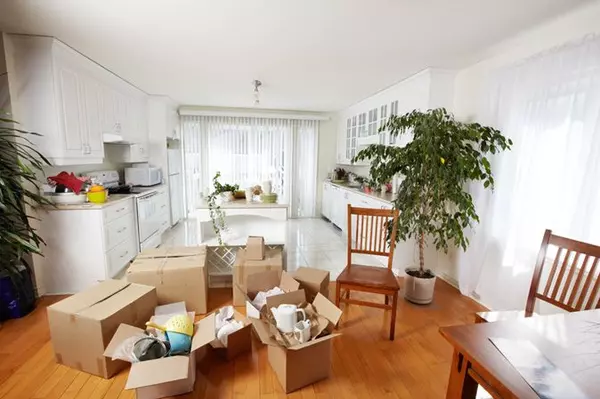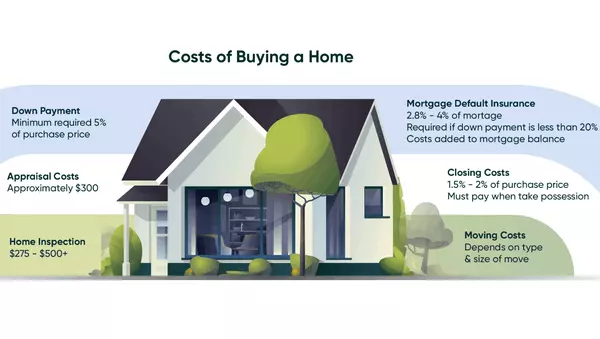PREPARATION BEFORE POSSESSION DATE

FOR SELLERS (卖家交房前准备工作)4 WEEKS BEFORE THE POSSESSION DATE (交房日四周前) Begin packing开始整理打包家私 Choose your mover and confirm the arrangements提前预定好搬家公司 Do a change of address or register Canada Post Mail Forwarding Service 更新地址或注册使用加拿大邮政邮件转寄服务 Close or Transfer your utilities account: Gas / Electric / Ph
Read More-

Where to Start: Begin to Prepare your Home for Showing“You never get a second chance at a first impression.” We’ve all heard this expression before. And now, while you are preparing your house to sell, it should not be far from your mind.While logical factors such as price and location narrow the
Read More -

Tips for the Moving ProcessIt’s official: you’ve signed the papers, dotted all the i’s and crossed the t’s—you own a new home! You’ve almost reached the end of your journey. However, now, faced with the daunting task of moving, it may seem as though the journey has just begun. Moving can be a time-c
Read More BENEFITS OF USING A REALTOR TO SELL YOUR HOME

Selling your home is a complex process that can be stressful and time-consuming. An experienced Realtor has the knowledge, skills, and connections to help you through the process every step of the way. Consider the following benefits of working with a Realtor: Professional Experience: With know
Read More
Categories
Recent Posts










